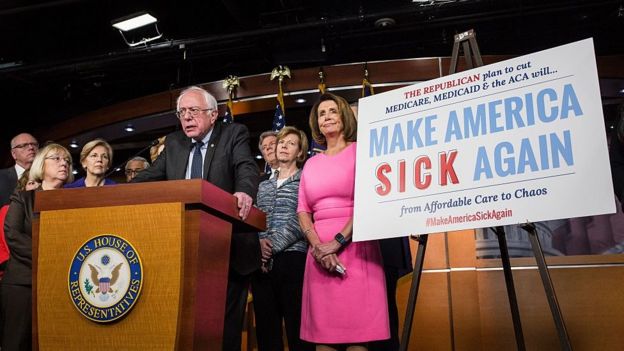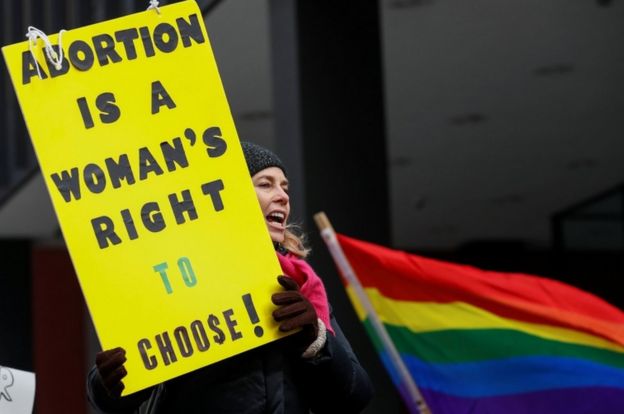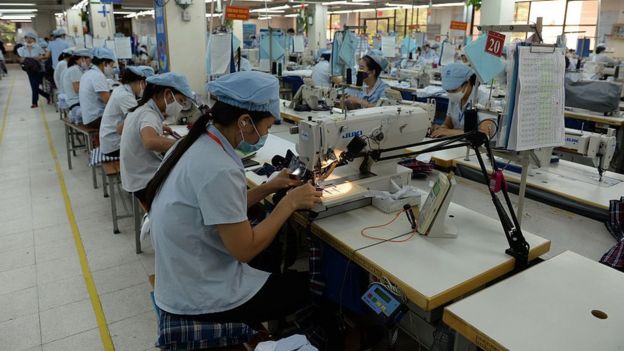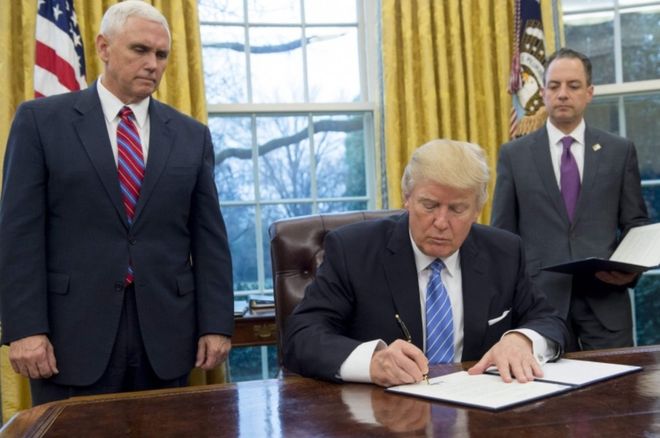One of the first ways a new president is able to exercise political power is through unilateral executive orders.
While legislative efforts take time, a swipe of the pen from the White House can often enact broad changes in government policy and practice.
President Donald Trump has wasted little time in taking advantage of this privilege.
Given his predecessor's reliance on executive orders to circumvent Congress in the later days of his presidency, he has a broad range of areas in which to flex his muscle.
Here's a look at some of what Mr Trump has done so far:
Instructing federal agencies to weaken Obamacare
In one of his first actions as president, Mr Trump issued a multi-paragraph directive to the Department of Health and Human Services and other federal agencies involved in managing the nation's healthcare system.
The order states that agencies must "waive, defer, grant exemptions from, or delay" any portions of the Affordable Care Act that creates financial burden on states, individuals or healthcare providers.
Although the order technically does not authorize any powers the executive agencies do not already have, it's viewed as a clear signal that the Trump administration will be rolling back Obama-era healthcare regulations wherever possible.
 Image copyright Getty Images
Image copyright Getty Images
Re-instating a ban on international abortion counselling
What's called the Mexico City policy, first implemented in 1984 under Republican President Ronald Reagan, prevents foreign non-governmental organizations that receive any US cash from "providing counselling or referrals for abortion or advocating for access to abortion services in their country".
The ban, derided as a "global gag rule" by its critics, has been the subject of a political tug-of-war ever since its inception, with every Democratic president rescinding the measure, and every Republican bringing it back.
Anti-abortion activists expected Mr. Trump to act quickly on this - and he didn't disappoint them.
 Image copyright Reuters
Image copyright Reuters
Freezing federal government hiring
On Mr Trump's first full workday in the White House he issued a directive to federal agencies to halt any new government hiring.
He told reporters who had gathered for the signing that the freeze would not affect military spending.
The directive is part of Mr Trump's effort to reduce government debts and decrease the size of the federal workforce.
During his campaign, he frequently railed against government bureaucracy, and vowed to "drain the swamp" of corrupt governance.
 Image copyright Getty Images
Image copyright Getty Images
Withdrawing from the Trans-Pacific Partnership
The Trans-Pacific Partnership, once viewed as the crown jewel of Barack Obama's international trade policy, was a regular punching bag for Mr. Trump on the campaign trail (although he at times seemed uncertain about what nations were actually involved).
The deal was never approved by Congress so it had yet to go into effect in the US.
Therefore the formal "withdrawal" is more akin to a decision on the part of the US to end ongoing international negotiations and let the deal wither and die.
Source: BBC





